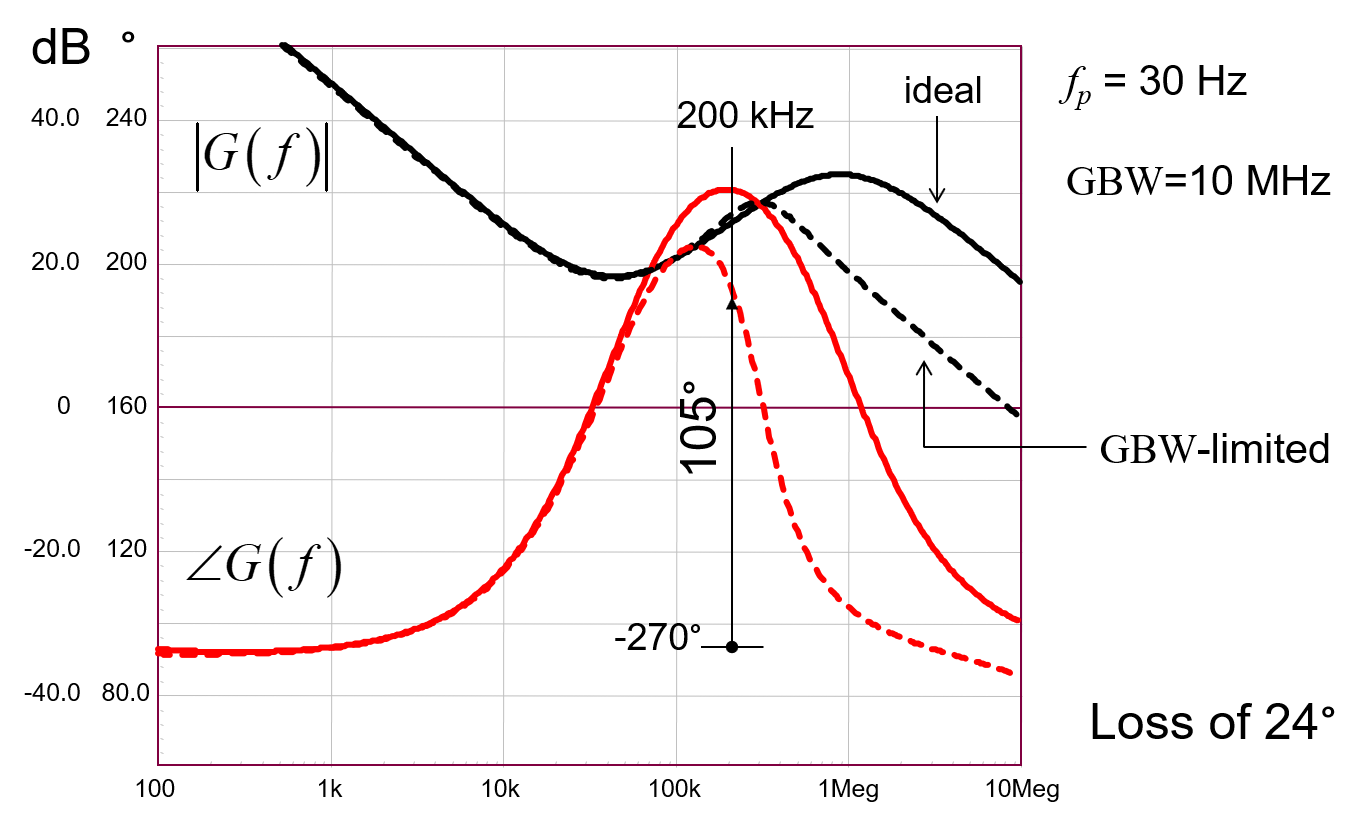I think the title says it most - I was wondering how much bandwidth is needed for the amplifiers within the analogue feedback path of a DC/DC converter?
I am having some issues with my design where the output amplifiers seem to be oscillating, they are OPA656U TI devices and have 500MHz bandwidth and unity gain stable - I am using them as a buffer before a second inverting amplifier gain since my output voltage to be detected is a negative voltage. I am wondering with the bandwidth (and the high output voltage slew rate, too) are causing the oscillation issues in the feedback path.
Does anybody have any recommendations? My switching frequency is 700kHz, but I would be hoping that would be gone by the time the amplifiers seen the DC input voltage due to the capacitors at the output.
EDIT: I have included the schematic and layout of the operational amplifier feedback board. There is also a fully differential amplifier on board to translate a single-ended source into a differential signal for higher accuracy 16-bit sampling in the DSP, but I haven't got as far as testing that yet since I am having oscillation issues with the buffer amplifier. The ADC's are sampling at 400kHz and 1MHz at the moment. I have a "DNP" capacitor between the inverting amplifier output and negative input pin which I will solder today and see if it improves things. This is a JZ400 and is a 8-40pF variable capacitor. These ranges of capacitors were recommended by TI for compensating for circuit parasitics - but I don't know whether that will be high enough to improve the phase response of the op-amp that is causing the oscillations.
EDIT 2: I will attach a scope screenshot of the oscillations occurring in the 500MHz buffer amplifier output. It can be seen that they align with the switching on of the power MOSFET. Probably the current is ringing and inducing EMI into the other parts of the converter. I replaced the standard wire with twisted pair shielded cable and things look better, but the oscillations still exist. I am hoping that the 2.5MHz operational amplifier eliminate the majority of this switching noise because although the scope is reading it as 2.37MHz it is much higher than this (see purple trace of scope shot attached). The output of the buffer amplifier that goes into the inverting amplifier to scale to 0-3V also oscillates, see light blue trace in the second scope screenshot. I would appreciate any advice on why this is occuring - and would using a lower bandwidth amplifier for the buffer ensure that the oscillations are reduced?
Best regards, J







